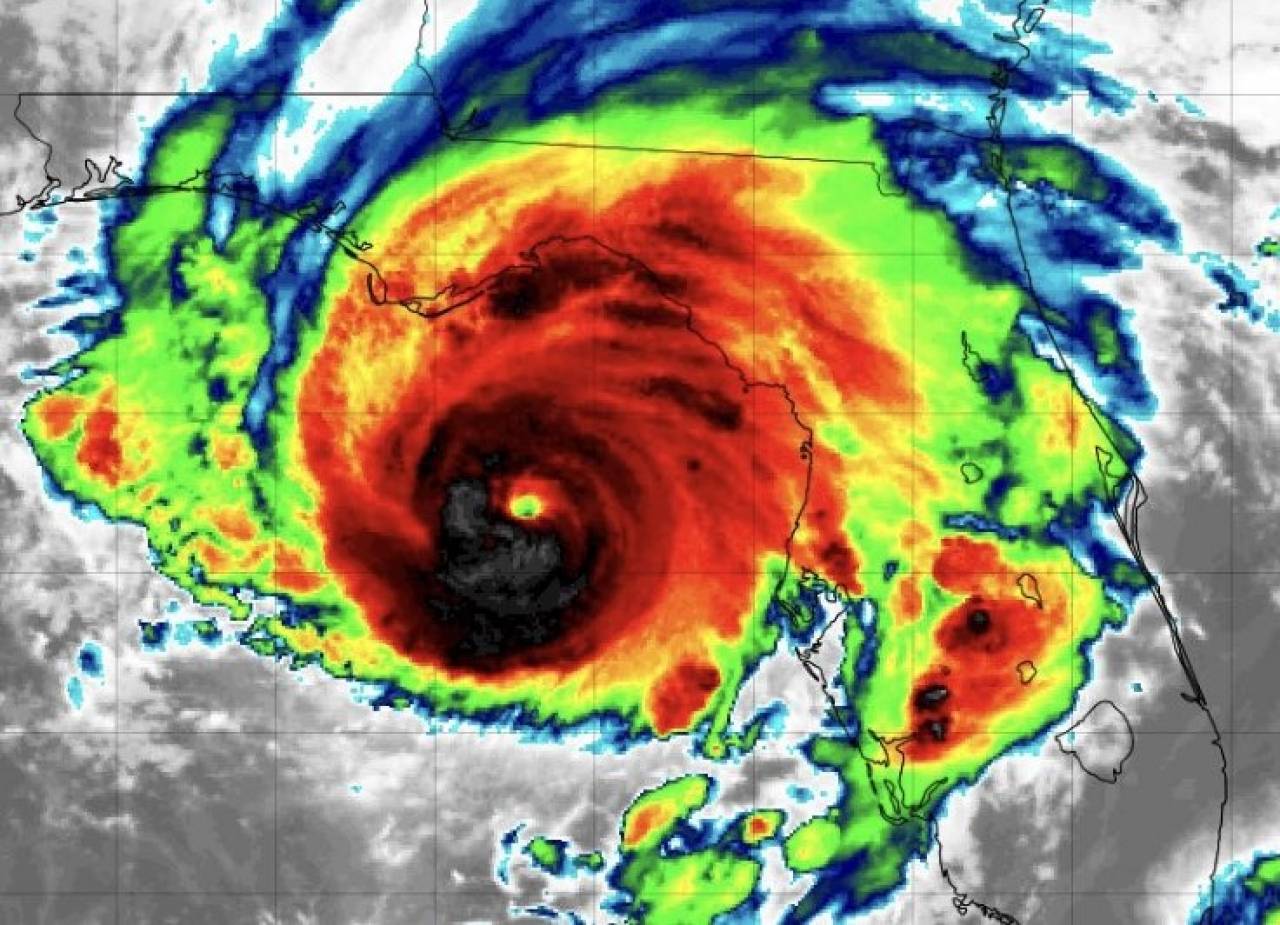There is one climate study you won’t find published in the mainstream media, but it is significant in its content. that it New work published in the Journal of Geophysical Research – Atmospheres By a group of US National Oceanic and Atmospheric Administration (NOAA) scientists, led by Cheng Zi Zhou, who presented a new satellite-derived temperature database for the global troposphere (atmospheric layer from 1 km to about 10 km in altitude).
This tropospheric climate database has been discussed a lot for two reasons. First, climate models say the warming effect from greenhouse gases (GHGs) will be stronger, especially in the middle troposphere. However, this area is not directly affected by urban expansion, as is the case with the height of the land, so it is a valid indicator for measuring the real rise in temperatures.
Since the 1990s, satellite and weather balloon records have shown that climate models predict excessive warming. In a 2020 article, J.JOhne Christie of the University of Alabama-Huntsville (UAH) It looked at the results of the 38 most recent climate models and compared rates of global warming of the troposphere from 1979 to 2014 with observations from satellites and weather balloons. All 38 showed excessive heating and the differences were statistically significant in most cases. This indicates a structural error in climate models, which have overestimated the effect of greenhouse gases.
What happens when the data does not satisfy the desire of officials? The data has simply been changed. UAH’s observations did not satisfy global warming, so a private company, Remote Sensing Systems, under the guise of a small bug in the UAH model, creates a data collection model that coincidentally satisfies the need for global warming. And this despite the fact that the new corrected UAH model showed no overheating. In order to achieve this result, RSS corrected for the deviation in the position of the satellites based on its climate model. He basically put the satellites in order to satisfy the preconceived notion that there was overheating anyway. Instead, UAH corrected the satellite drift on an empirical basis, obtaining different results. Another problem arose when one satellite was replaced by another which was, however, in a slightly different position and correcting which could result in different data being detected.
In the end, the two series were similar, but RSS consistently showed a higher temperature than UAH. A little over a decade ago, a NOAA group led by Zou produced a new data product called STAR (Satellite Applications and Research). They used the same basic microwave data, but produced a temperature database that showed much greater warming than UAH or RSS, as well as all weather balloon records. This data appears to be consistent with warming models, but this data also needs reinterpretation. Now in a new paper, Zou and his co-authors have reconstructed the STAR chain based on a new experimental method for eliminating the drift of observations over time and a more stable method for integrating satellite records. Now STAR matches well with UAH series, in fact it has low warming tendency. The old STAR series had a mean tropospheric warming trend of 0.16°C per decade, but it is now 0.09°C per decade, compared to 0.1 for UAH and 0.14 for RSS. The data average has nearly halved.
Zou’s team notes that their results “It has strong implications for trends in climate model simulations and other observationsBecause the atmosphere has warmed at about half the average rate predicted by climate models over the same period. Furthermore, the findings are “consistent with the conclusions of McKittrick and Christie (2020),” that climate models have a widespread bias about global warming. In another research, Chmathematician and mathematician Richard McNider showed that the rate of satellite warming means that the climate system may be only half as sensitive to greenhouse gases as the mean model used by the IPCC, an intergovernmental body on climate research, to project future warming.
Of course you will never know from the mainstream media the results of this research, in part because it is complex and requires thinking beyond the capabilities of the average government Yesman, and in part because it contradicts the Bible of the IPCC, the intergovernmental weather warning group. But the IPCC’s science, made up of certainty, is the exact opposite of real science: while the second pits theories in competition to explain the data, the first, sponsored by governments, attempts to adapt the data to its own theories.
Thanks to our Telegram channel, you can stay up to date with the publication of new articles from economic scenarios.

“Reader. Travel maven. Student. Passionate tv junkie. Internet ninja. Twitter advocate. Web nerd. Bacon buff.”




